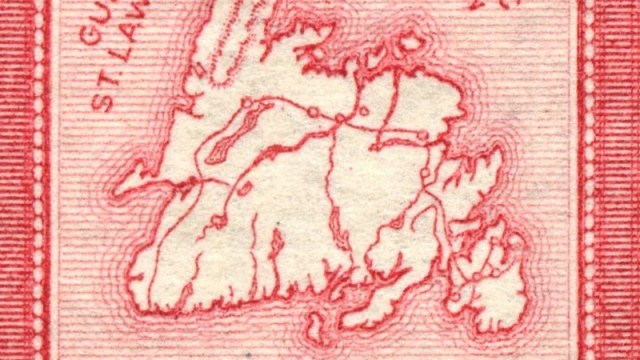32 – Britain, USA
The The once sang about Great Britain being the ’51st State of the USA’ – a comment on the culture and foreign policy of the United Kingdom, which were then as now dominated by those of the United States. This fact in and of itself is not unexpected or inexplicable, as both countries do share historical, linguistic and cultural ties, and one is much bigger (size- and population-wise) and more influential than the other.
n
But whereas The The didn’t mean the epithet ’51st State’ as a compliment, some circles in the UK would like nothing more for their country than to join the USA. They generally see Britain’s involvement in the European Union as a bad strategic choice, and would prefer to be an eastern outpost of an American Empire that dominates the planet than to be a western extremity of a European Megastate that competes with America for dominance.
n
In spite of widespread anti-EU feelings in the UK, plans for accession to the USA have never been very popular or mainstream. One Briton by the name of George J. Carty did devise a plan for a British absorption by the US – but one that would give the UK a bit more weight than that of just one state. His plan would make Britain not just the 51st, but the 51st through 57th State of the USA.
n
Not only would this be more in line with the relatively large population of the UK (about 55 million, more than 1/6th of the US), it would also leave the country that once ruled the largest empire in the world (and ‘fathered’ the US) with a shred of dignity.
n
Some notes about Mr Carty’s proposal:
n
- n
- Ulster would not be part of one of the six British US states; apparently, it would be incorporated into a united Ireland, which would form a seventh US state in the eastern Atlantic.
- The rest of the UK (the island of Great Britain) would be divided thus: the ancient nations of Scotland and Wales each would become a separate US state, and England in her turn would be chopped up in four US states. The problem is that England doesn’t historically divide into four regions. The only division that springs to mind is the ‘Heptarchy’, the early mediaeval period after the Roman Empire but before the establishment of a unified England during which the country was divided into seven kingdoms.
- Carty does name 3 of the 4 English states after some of these early pre-English kingdoms, the problem obviously being that they can’t correspond exactly to the ancient boundaries. These states would be Northumbria in the north of England, Mercia in the middle and Wessex in the southwest. The fourth state in the southeast would simply be called Londonia, as it essentially exists only of the UK capital and its hinterland.
- In the map he provides, Carty also re-arranges the present-day county boundaries within the states. For example, the London Metropolitan Area expands to coincide with the M25, the orbital road surrounding the capital. And Yorkshire is re-divided into its three traditional ‘Ridings’.
- Proposed state capitals for the new US states would be: Edinburgh (Scotland), Newcastle (Northumbria), Leicester (Mercia), Bristol (Wessex), Cardiff (Wales) and obviously London (Londonia).
- The author of this plan even calculated how many seats in the US House of Representatives would have if they joined the US. In the Senate, each state would have 2 Senators (like every other current US state). The House seats would be: Scotland (9), Northumbria (25), Mercia (20), Wales (5), Wessex (8) and Londonia (30).
n
n
n
n
n
n
n
n
This map, plus a few others and more information, can be found on this website, associated with the Expansionist Party of the US – which proposes to do what its name suggests.
n





